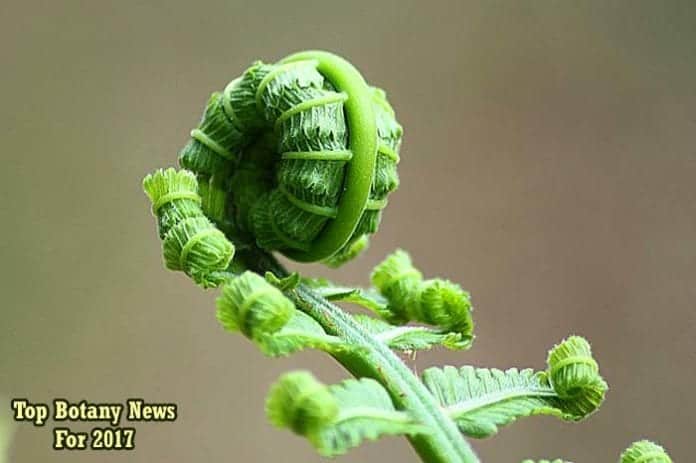
Botany is the scientific study of plants, their anatomy, structure, genetics, ecology, distribution, and taxonomy. Every year, there are many innovations, breakthrough discoveries, and technology advancements in the world of plants. In this page, we will review the top 12 botany news in 2017.
Table of Contents
- Top Botany News in 2017
- Discovery of Dna Reprogramming in Plant Reproductive Cycle
- Creative Way To Produce Biofuel From Sorghum
- Light-Emitting Watercress For Future Streetlamps
- Discovery of Switch-Type Personality of Bacteria Living in Plants
- Detailed Study of Anesthetics Effects on Plants
- Gene-Editing Technique on algae Makes Renewable Fuels
- Same Plant Species Effect on Climate Change
- Study Confirms Stunted Plant Growth Due To Herbivore-Induced Chemical
- New Growth Method For Wheat Using Carbon Nanotubes
- Study Confirms Climate Conditions Alter Chocolate Flavor in Cocoa-Beans
- Advanced Research on Plant Photoreceptors in Gene Expression
- High Yield of Soybean Production By Altering Its protein
Top Botany News in 2017
Discovery of Dna Reprogramming in Plant Reproductive Cycle
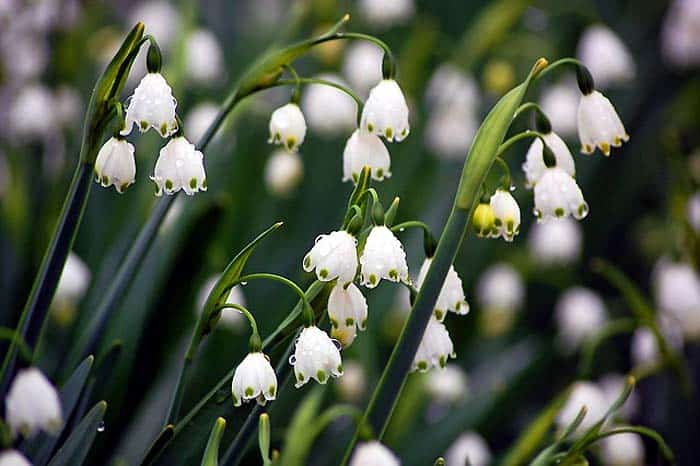
Scientists have discovered a DNA reprogramming method that takes place in plants at the end of each reproductive cycle. This discovery can render plant cells immortal allowing them to maintain longevity down the generations thus impacting crop improvement.
![]()
Creative Way To Produce Biofuel From Sorghum
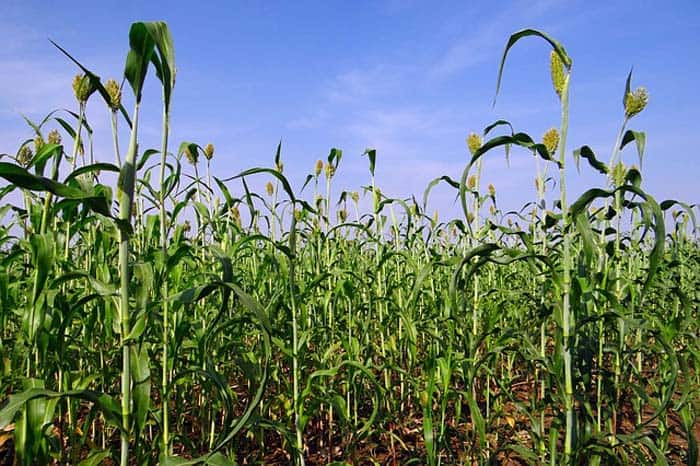
Scientists at the University of Florida Institute of Food and Agricultural Sciences have devised a way to use Sorghum to produce biofuel. With Sorghum, up to 1000 gallons of fuel could be produced per acre. This ground-breaking method could be an alternative to fossil fuels today.
![]()
Light-Emitting Watercress For Future Streetlamps
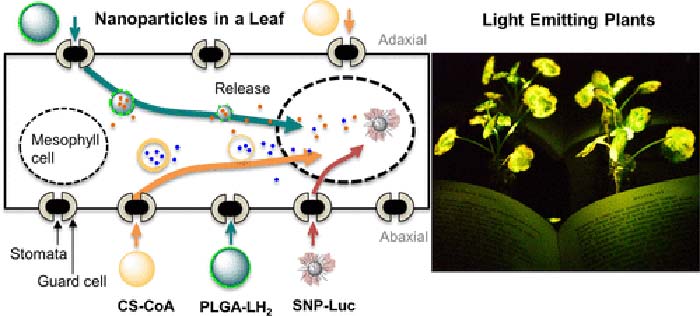
Researchers at MIT developed plant lights using watercress. They embedded light-emitting nanoparticles into the leaves of the watercress plant. This allowed it to radiate dim light for almost 4 hours. Illuminated plants can be used as street lamps in the future.
![]()
Discovery of Switch-Type Personality of Bacteria Living in Plants
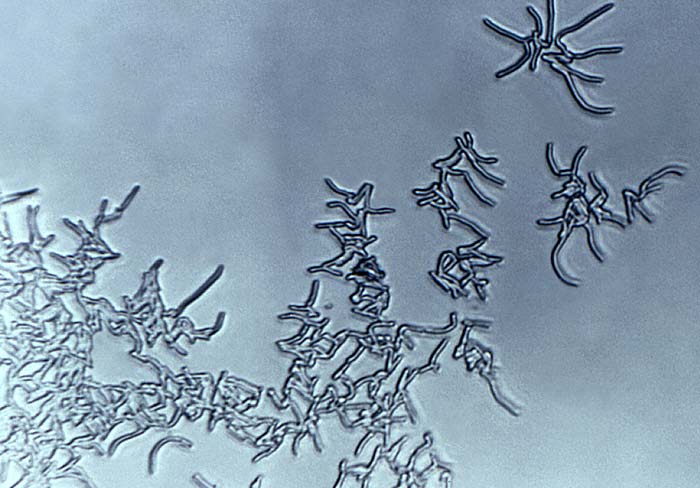
A group of scientists at the Oregon state university has discovered a switch-type personality in the bacterial genus, that associate with plants, Rhodococcus. Some of the bacteria are known to be benign, while others are found to be pathogenic. However, using genome sequencing, scientists could sort out species that can switch between the two states.
![]()
Detailed Study of Anesthetics Effects on Plants
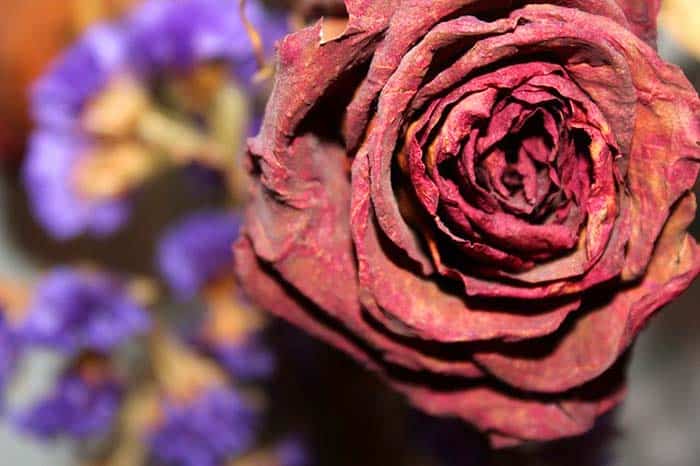
A recent study at the Oxford University demonstrated that plants experience the same effect under anesthetics, as humans and animals do. It was determined that anesthetics create effects at the cellular level. In the future, plants could be used as models to study the effects of anesthetics.
![]()
Gene-Editing Technique on algae Makes Renewable Fuels
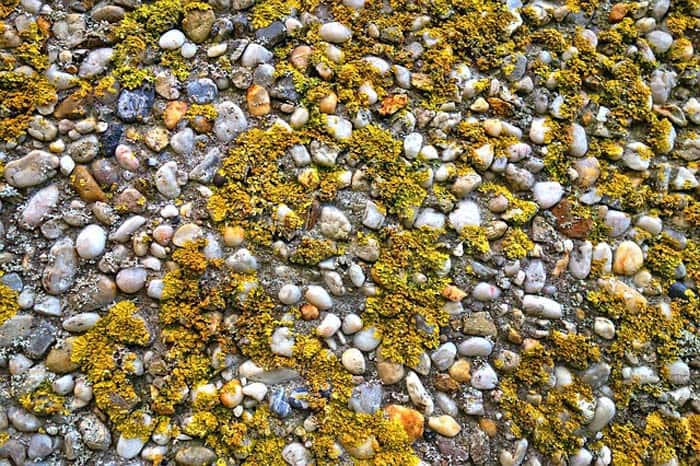
Researchers at the University of Edinburgh invented a new gene-editing technique that can enable algae to produce a wide variety of medicines and renewable fuels. Known as Large-scale algal genome engineering, designer algae can be produced out of different species for the production of large-scale products.
![]()
Same Plant Species Effect on Climate Change
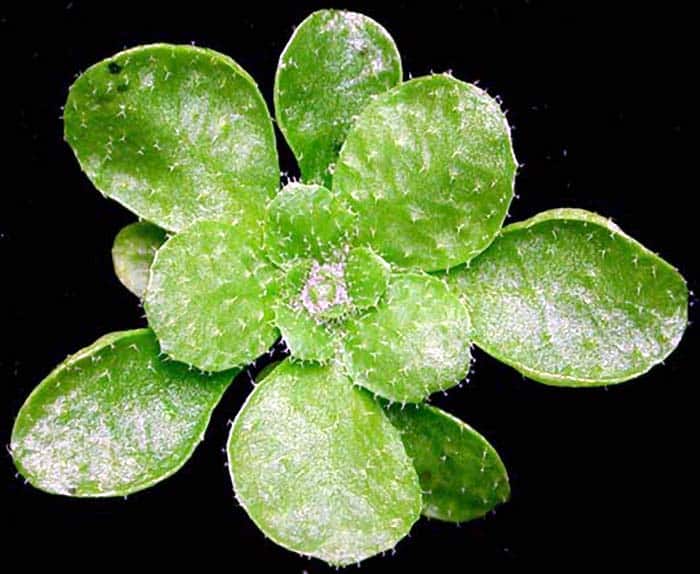
Researchers at Max-Planck-Gesellschaft studied the adaptations of different populations of the same plant species towards climate change. They studied genetic variants that enable the plants to survive in severe drought conditions among different populations. For their experiments, the used mustard cress, planted from seeds acquired from different locations.
![]()
Study Confirms Stunted Plant Growth Due To Herbivore-Induced Chemical
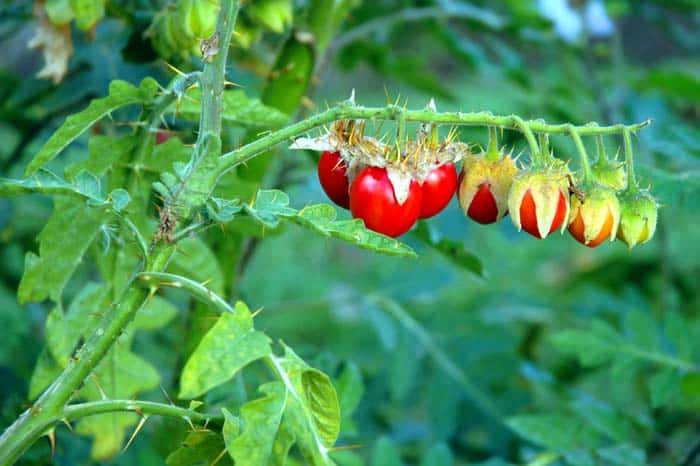
Results of experiments performed at the University of Michigan suggest that a decrease in a plant’s individual growth can sometimes benefit the persistence of the larger plant community of the same species. The plant produces a chemical that defends against herbivores and pollinators. This defense mechanism reduces individual plant growth but keeps pollinators at bay thus boosting the growth of the population as a whole.
![]()
New Growth Method For Wheat Using Carbon Nanotubes
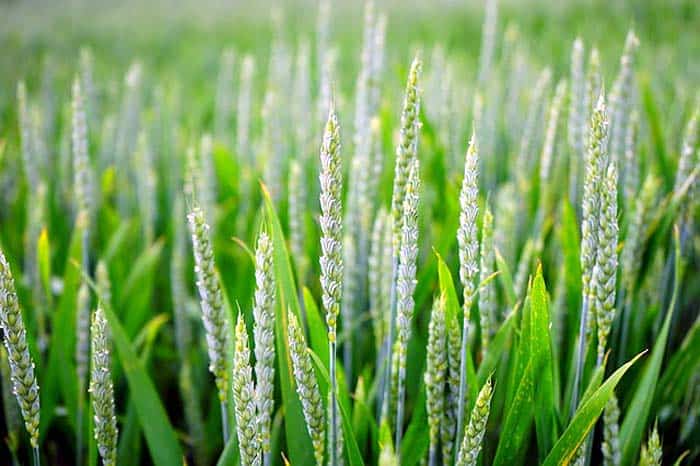
In a recent study, researchers tested the growth of wheat using carbon nanotubes. Some of them showed no effect on the growth of wheat, while some single-walled nanotubes that were dispersed in water had a positive effect on growth. Carbon nanotubes dispersed in an organic solvent decreased wheat growth.
![]()
Study Confirms Climate Conditions Alter Chocolate Flavor in Cocoa-Beans
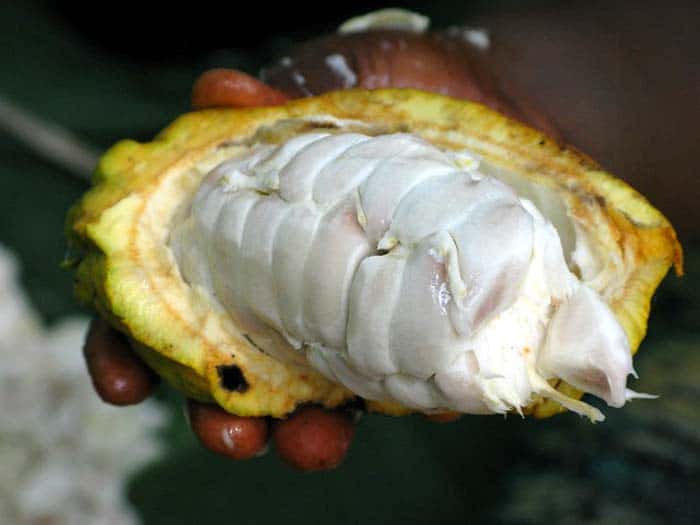
Researchers at the American chemical society studied climate stress conditions that can produce variability in the cocoa bean thus enhancing the flavor of chocolate. They discovered that the cocoa beans extracted from trees that grew in dry, hot conditions with less moisture content had enhanced flavor.
![]()
Advanced Research on Plant Photoreceptors in Gene Expression
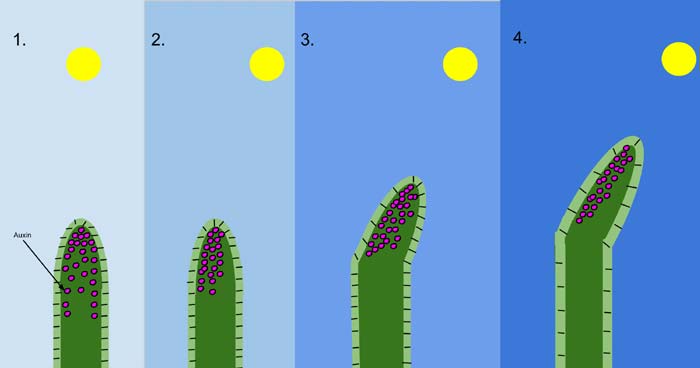
Scientists at the University of California have further elucidated the mechanism of light-dependent gene expression. In a recent study, they were able to identify and elucidate the structure of the part of a plant photoreceptor that is responsible for light-dependent variation in gene expression.
![]()
High Yield of Soybean Production By Altering Its protein
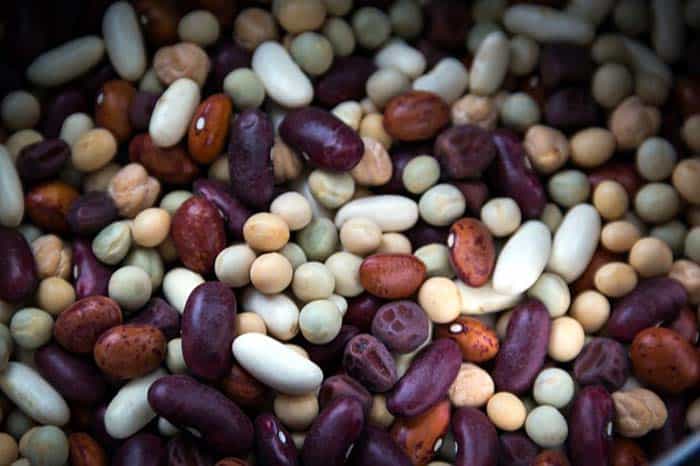
The American Society of Agronomy conducted a study which was centered on increasing Soybean protein content while producing high yield which was previously found to be negatively correlated. This research was achievable by introducing a gene that increases protein concentration, into Soybean varieties through breeding techniques.
![]()

















